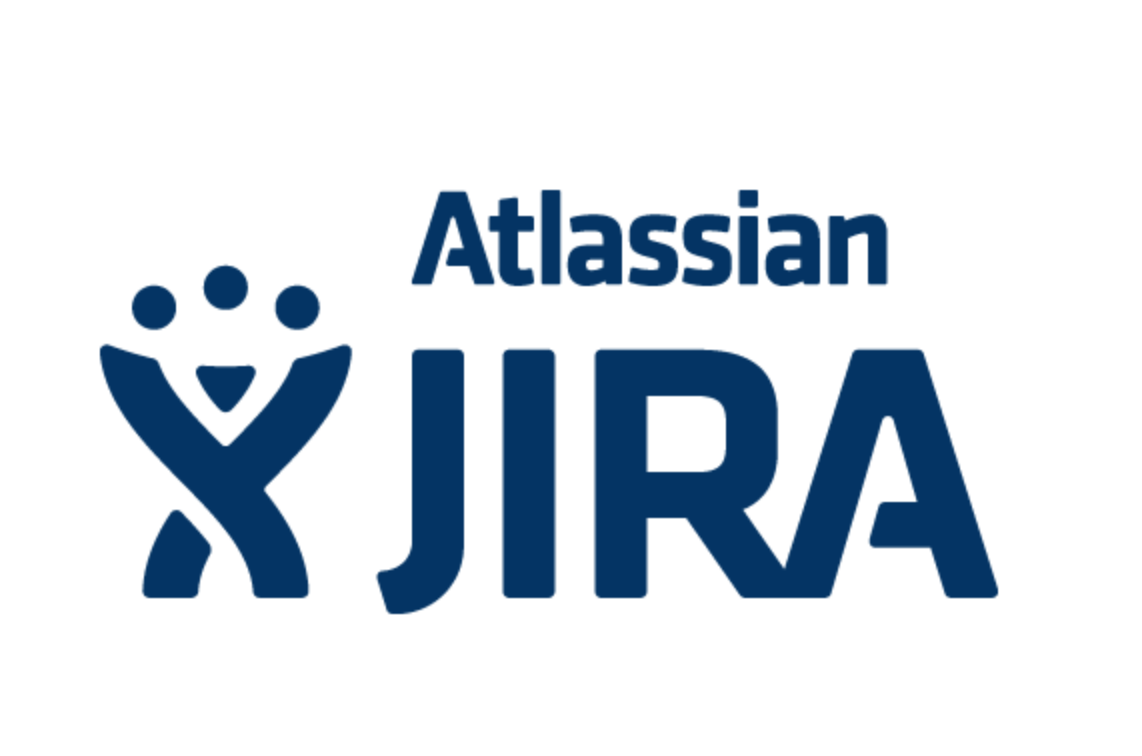Background:
Pinterest lacked a project management system, and was relying on manual reporting and word of mouth for project status.
Challenge:
Select, customize, and shepherd Pinterest's first Project Management tool into the organization.
Required Outcomes:
Project Management
Reporting
Transparency
Ability to iterate
Feature Requirements
- Project Management
- Kanban functionality
- Auto-alerts
- Reporting
- Dashboard
- Ability to Export
- Transparency
- Visibility
- Resourcing Ease
- Ability to iterate
- Flexibility
Project Plan Outline
- Stakeholder Interviews
- Producers
- PMs
- Designers
- Engineers
- Founders
- Establish Feature Requirements
- Examine options
- Smartsheets, Project, Google Sheets, Omnigraffle, Trello, Asana
- Build & Test
- Train teams
- Feedback gathering
- Iteration Plan
We decided to move forward with JIRA, as this tool would not only achieve all of the feature requirements for our MVP, but it would also be easy to implement, as our engineers were already using it.
Kanban functionality
JIRA would allow us to build Kanban boards, like the one below, to work with the tickets easily - an update is as simple as dragging the box from one column to another.
Auto-alerts
These color indicators would let us know if a ticket had missed a date - if ticket hadn’t been moved to next milestone column by the required date.
Reporting
The ability to create dashboards (via Confluence Integration), generic and custom, was a huge part of the decision. We created a few dashboards off of the bat, but also had all producers trained on dashboard creation to keep managers on their team up to date with the most helpful dashboards.
Initially, there was a general status dashboard for me, producers, and design managers, but we also started out with what we called an Outcome Dashboard. This mapped every project that we worked on back to one of the top 10 Outcomes Pinterest leadership had outlined for us. The map for that dashboard is below. This was the first time senior leaders, and everyone at the company, had that level of visibility into the work happening on any team.
All numbers, next to each status, were linked, so a user could click on the 7% or [2] "At Risk" projects (for example) and see a JIRA page that listed those project tickets, where there would be notes from the Producer on the rational for the status, along with the team working on the project if more intel was needed.
Before JIRA, Pinterest followed a very manual process each week to report status of projects. Each designer would fill out a Google Doc that indicated what they were working on, progress, blockers, etc. The producer team would then consolidate (and scrub) all of that information into a massive email that I would send out to the entire company.
In addition to the dashboards mentioned above, JIRA allowed us to export data from the tool at any time. This meant I could replace the manual process with a quick export for my email. This gave us the added benefit of getting the company at large more comfortable with the tool, as they were able to click into a project via the links in the export if they needed more information.
Transparency
In addition to all of the reporting, JIRA is a tool that everyone at the company had access to. Therefore, all of these dashes and tools were available to anyone seeking visibility into what was happening in Design.
The Engineering team was already using this tool, so we were able to start using it and give them almost instant visibility/access into what was happening on the design side.
JIRA also made resourcing much easier on the Producers, as instead of "asking around," they could simply look at the tool to see who was available and who was not.
Flexibility
JIRA is a VERY flexible system, so we were excited that the tool would allow us to iterate easily. Not to mention we had Atlassian support onsite to help us, along with Technical Program Managers that specialized in JIRA buildouts. While the producers learned to be the experts on this tool, it was great to have additional support.
Success
The rollout and training were successful, and by the time I left, almost all teams were using JIRA. Initial feedback was mostly positive, but as predicted, there was some reluctancy around change and learning the new tool. However, most users did report feeling more organized and that JIRA saved time and/or gave them additional visibility. Everyone was happy to not have to manually report status each week.
Some minor changes were planned for V2, including milestone adjustments (process changes frequently), and additional labels regarding status (on hold, dead, etc.).






